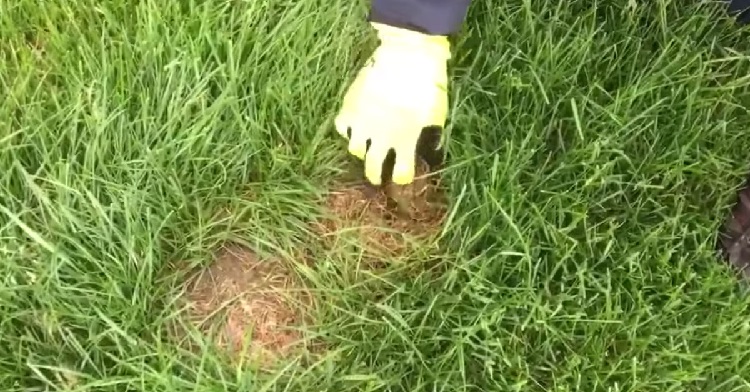Love The Smell Of Fresh Cut Grass? We’ve Got Some Bad News For You

The arrival of spring is often marked by the allure of brighter mornings, extended nights, charming birdsongs, and the unmistakable scent of freshly-cut grass. In the United Kingdom, the aroma of newly mowed grass is one of the most beloved, and it’s easy to see why. It’s fresh, invigorating, and for those not affected by hay fever, it likely conjures up delightful recollections of sunny days spent in gardens and parks.
But an interesting fact that might come as a surprise to many is that the smell of freshly-cut grass is essentially the grass emitting a distress signal, akin to screaming. This is a natural mechanism employed by plants when they are under attack.
The science behind this intriguing phenomenon was elucidated by Science Illustrated. When grass is cut, it exudes pheromones known as “green leaf volatiles” (GLVs). This distinct aroma is attractive to us because it resonates with our innate connection to food. The sensation is similar to the smells we experience when chopping vegetables or when fruit emits these scents as it ripens. In essence, we are genetically predisposed to appreciate these fragrances.
What’s commonly referred to as the grass “screaming” is its response to damage or attack. GLVs are volatile organic compounds based on six carbon atoms that can be released by all green plants, especially when they’re wounded or threatened. When your lawnmower cuts through the grass, it triggers a high-volume release of these GLVs. This is essentially the grass alerting nearby plants and animals about the presence of a predator.
What’s more, GLVs are not just distress signals. Plants also deploy these pheromones as a defensive mechanism against fungi and frost damage, demonstrating the adaptability and resilience of plant life.
Therefore, next time you take a deep breath in your freshly mowed lawn, remember that you’re smelling the distress signal of grass. Despite this, the smell is a beautiful reminder of our deep-rooted connection with nature, and perhaps, an invitation to approach our green spaces with a bit more reverence.

